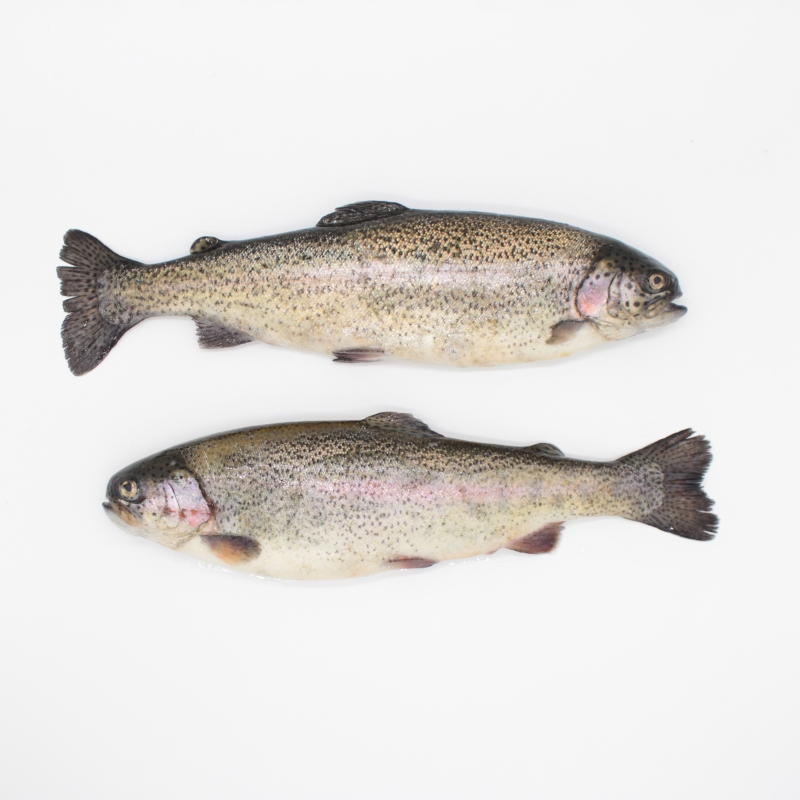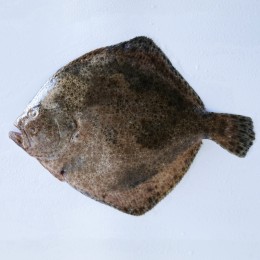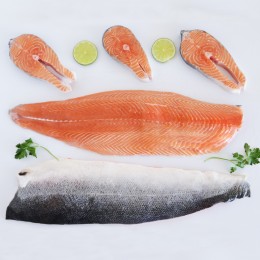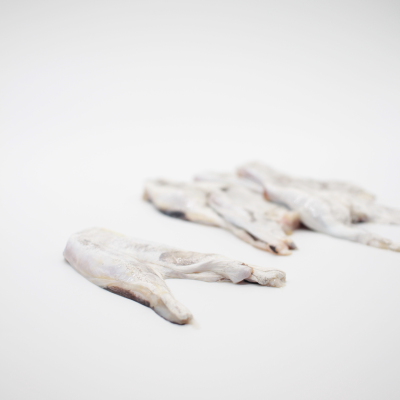The salmon trout is a fish of the salmonid family and shares life cycles and migratory habits with salmon. They spend their entire lives in freshwater and migrate upstream to spawn in shallow gravel beds. Other types, such as rainbow trout, spend up to three years of their adult life at sea and, like salmon, return to the river to spawn.
Trout can have very different colouring and patterns depending on the environment in which they live. These colours and patterns are formed as camouflage and change according to the habitat the animal moves to. Sea trout tend to have a more silvery colouration while river trout tend to have brighter colours and more pronounced markings. In addition, during the spawning season they are much more intensely coloured.
Trout are one of the most commonly caught fish in sport fishing. They feed mainly on insects, worms and crustaceans, although larger specimens may also eat other smaller fish and even small animals that fall into the water, such as mice. Due to their diet, the main lures used for their fishing are flies or spoons, earthworms and other artificial lures.
Nutritional value
A trout fillet (approximately 80g) contains:
Energy: 117 kilocalories (489.9 kJ).
Fat (g): 5.22
Carbohydrates (g): 0
Fibre (g): 0
Protein (g): 16.41
Cholesterol (mg): 46
At Mariskito we are professionals and we prepare the trout as you need it: clean and whole or in loins without head or bone. To prepare it in the oven, ideally whole, as the bones and head add a lot of flavour. If the idea is to cook it on the griddle, ask for it in loins and all you have to do is put it in the pan, cook and enjoy.
To make sure that your fresh fish arrives in the best conditions, at Mariskito we prepare your order in a box with ice, to keep it cold for up to 48 hours without the need for refrigeration, and the transport is also carried out in refrigerated vehicles that ensure that the cold chain is not broken.
Preserving trout is very simple, as all you have to do is keep it refrigerated in the fridge at between 0º and 4ºC. Our recommendation is that you eat them as fresh as possible, i.e. the sooner you eat them, the better their flavour will be and the greater their properties will be. However, you can freeze them as soon as you receive them and cook them whenever you want.

























